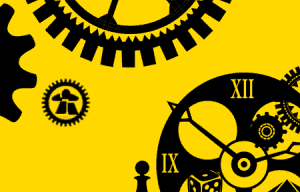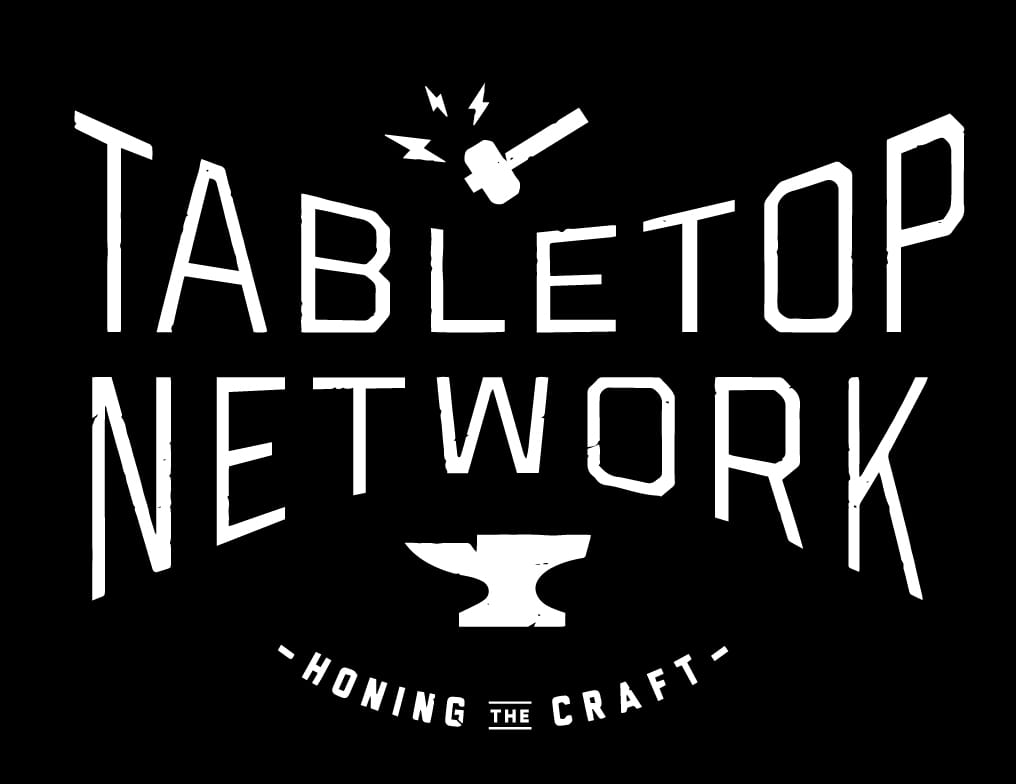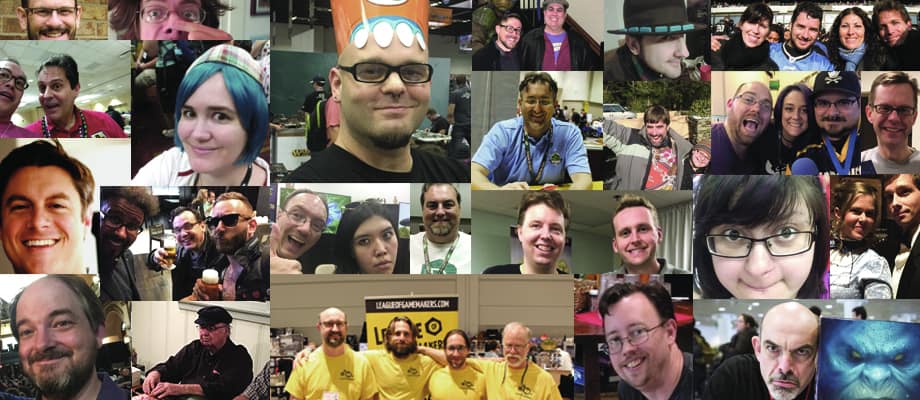
In this three part series, read about the League’s secret mission in coordination with Stonemaier Games to select the top 10 games every designer should play at least once!
—
My name is Jamey Stegmaier, and I run an independent board game publishing company called Stonemaier Games. I’ve designed and published our games so far (Viticulture, Euphoria, and Tuscany), as the roots of my passion for games is in game design.
Stemming from that passion is my desire to contribute to the game design community as a whole. I write a lot about Kickstarter on my Kickstarter Lessons blog and I’ve recently started to use my YouTube channel as a place to talk about game design, but I’ve been itching to do more.
So a few months ago I decided to create a new event in St. Louis called:
STONEMAIER GAMES DESIGN DAY
The idea was to combine the Unpub and Protospiel style of open playtesting with something else that would help designers elevate and expand their skills in an interactive way.
That “something else” was rooted in the idea that I think it benefits game designers to play a wide variety of published games. Every time I play a new game, I learn something about game design. For years I pretty much only played one type of game (medium-weight Euro games), and I’m so glad I started trying new types of games—they’ve had a huge impact on me as a designer.
The result of this idea was that the Design Day would combine prototype playtesting with the opportunity to learn some games from the “Top 10 Tabletop Games Every Game Designer Should Play at Least Once.”
I decided right away that I shouldn’t be the one to create this list. I didn’t want to impose my biases upon the 70+ people who signed up for Design Day (and yes, signups are closed, but if you’re interested in a future Design Day, let us know here). So I turned to the League of Gamemakers (corresponding with Peter Vaughan).
As I discussed the idea with Peter and in turn the League, we honed the goal of the list to the following guidelines:
- 1. The games on the list should teach a specific design lesson (or lessons).
- 2. The games on the list should be exemplars of certain parts of the craft.
- 3. The games on the list should accelerate a novice designer’s knowledge of tabletop game design in a short amount of time (30-45 minutes).
I knew this process would be difficult, because there are thousands of games from which to choose. Little did I know the intricacies and challenges of what the League of Gamemakers would encounter next.
—
THE LEAGUE RISES TO A CHALLENGE!
Ok, Peter here, bringing you the results. Picking only 10 games that every designer should play out of 70,000 titles and agreeing on that with 12 judges? Pssshaw… that’s nothing! Ok, ok… it was a bit of a challenge.
Do not try this at home kids. The League members donned their thickest skins, evaluated carefully various criteria and embarked on a journey to find the answer together. Let’s discuss briefly the three main models we used to find the answers.
FACEBOOK POLL – AKA, THE DARTBOARD METHOD
The League maintains a healthy Facebook private group where we discuss all manner of things, and when we had at least 10 contributors to this contest all chatting on Facebook, I opted to start there and throw out a poll – whereby each member was to contribute only their absolute top 2 games.
When 10 of us had done this, we had 20 games – already DOUBLE our allotted goal. So I asked everyone to pick 10 from this list, as if this were the only games they could choose from. The results were close to our final picks, honestly. But something about this method felt too… uncurated? We had kept the choices small and tight, but each of us all had low input.
TRELLO BOARDS – AKA THE COLLABORATION APPROACH
Stephen Debaun suggested we shift gears to a workspace he uses often and highly recommends, Trello. Trello is already board game designer friendly – you take ideas on digital index cards and organize them, creating discussions that can be contained within each entry. In our case, we shifted the ideas and game submissions from left “suggestion” to middle “discussion” and finally right, “fully voted”.
We focused heavily on what lessons each game teaches, linked cards to images/videos and we sought to collaborate and select games as a team, so that all of us stood behind the final picks. In part 2, we will highlight a particularly superb set of criteria that Mark and Christina Major came up with for selecting games.
Had we another few months and perhaps a lower number of schedules to coordinate, this may have indeed worked. We had an invigorating chat here, and picks which again are close to our final system.
DRAFTING – AKA THE FANTASY FOOTBALL POOL
Turns out, fantasy sports have very solid core mechanics for coordination between large groups of people, and ranking games in a confidence pool had immediate advantages for weighing in everyone’s vote quickly and accurately.
What I asked everyone to do is rank their top 15 game titles (above the goal to cover ties) where no vote value was duplicated. In this way, you could give one game 15 points (top score), one game 14 points, 13 points to the next and so on until your last choice received 1 point. All the values were added together, and then there was a bonus round 2 for additional discussion and further ranking. This drafting sought to eliminate pure favorites from any one designer and yet find the intersection of common lessons that we all feel strongly about for designers to learn.
—
DECLASSIFYING THE DATA
In part 2 and 3, we’ll dive deeper into our individual lists, feature various top games that appeared in all three methodologies and present to you the final TOP 10 Games Every Designer Should Play, as featured in the 2014 Stonemaier Games Design Day. Until then, we’ll leave you with some trivia/discussion points.
Which Game Designer has two or more games in the Top 10?
The unique nominations in the final rounds totaled 94 games. Even though we could only pick 10, the top 20 and even the entire 94 candidates are an interesting list to think about. We’ll be posting these 94 on BGG. EDIT: due to a lively FB discussion, we opted to post instead a growing BGG list from the community. That list is here if you want to contribute titles and vote
Knowing that some of our group LOVE Worker Placement games, how many Worker Placement Games made it into the top 94? BONUS points if you can guess how many WP ended in the top 10?
Lastly, which of these 3 games made our list EVERY TIME (in all three methods listed above)?
Now it’s YOUR turn to pick the 10 games that Every Designer Should Play at Least Once. BONUS POINTS – list your top 10 or even top 15 in the comments, and see how it compares to various League members and our final 10.
Thanks for playing!
—
Part II, criteria for selecting games, and individual league picks.








